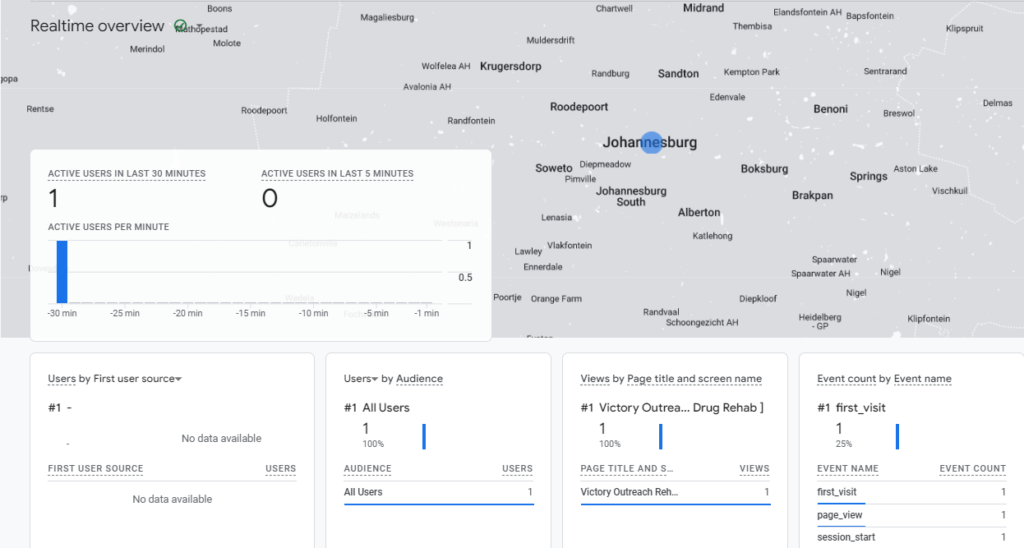How To Promote Your Church Content On Social Media [Amazing]
Social media isn't just a marketing tool; it's a gathering place for communities, including those of faith. Promoting church content on these platforms effectively starts with a deep understanding of the people you're reaching out to.
My role involves pinpointing who exactly forms our digital congregation. It's crucial to recognize that each social platform serves a different demographic. The content that strikes a chord with teenagers on Instagram might not resonate with the adults on Facebook.

Insight comes from engagement. By studying how followers interact with posts, you can determine what types of church content fulfill their spiritual needs and pique their curiosity.
Also, when tracking comments and shares it will allow you to see which topics foster connection and which might need rethinking.
Analytics tools are invaluable here. They are a valuable tool to help you track the habits and preferences of your online community.
Did you know you can get one of the most powerful analytics tools for FREE? Yep google analytics is free.

With this data, it will help you craft a tailored content strategy that targets specific interests and discussion points, all while remaining approachable and understanding.
Finally, a people-first content strategy is about more than just numbers. It's about creating a virtual space where our church content forms part of a familiar, comforting backdrop to daily life.
Whether through morning devotions, Bible passages, or video testimonials social media is a great opportunity to stay connected with your target audience.
Craft content with Substance: The E-E-A-T Framework
When creating content for your church's social media, you can try to hinge every post on the solid foundation of Experience, Expertise, Authoritativeness, and Trustworthiness (E-E-A-T).
This isn't just a buzzword; it's a commitment to share valuable insights rooted in the teachings and practices of your community.
You can set a goal so that all posts reflect the church's authoritative voice in spiritual guidance and insights. Consistency is key.
Each message should align with your core values and reinforce your standing as a credible source for spiritual nourishment.
With social media engagement is key. Encourage discussions and answer questions, which solidifies the trust between your church and your followers.
Social Media is an amazing platform for real-life stories and testimonials. Sharing experiences from congregation members not only illustrates the impact of faith but also amplifies the trust in your message.
These stories provide a personal, relatable angle that static posts simply can't match.
Now, crafting content of substance lays a foundation for interaction. In the next part, We will discuss how we can turn substance into engagement, transforming followers into an active, participating online congregation.
Engaging the Flock: Strategies for Interactive Content
Building an online community around your church involves more than just broadcasting messages—it's about interaction.
Social media thrives on participation, and churches need to capitalize on this aspect. Interactive content not only draws in your audience but also encourages them to contribute, creating a deeper connection with your ministry.
Live videos are a powerful tool in your arsenal.
They offer an immediate and authentic experience, as if the viewer were right there with you.
When conducting live broadcast or hosting prayer sessions in real time, you should notice a higher engagement rate.
It's a candid way to reach your congregation, and it prompts real-time feedback and discussion.
Q&A sessions are also very fruitful. Hosting these allows members to voice their questions and feel heard directly by their church leaders.
Polls are another quick and effective way to gauge the interests or opinions of your community. These tools aren't just about interaction—they can help you understand what content is most impactful and relevant to our audience.
Encouraging user-generated content, like testimonies or shared experiences, builds a collective narrative that can be powerful.
It is important for your members to know that every story can inspire someone else, and when these stories are shared, they amplify the sense of belonging and community spirit.
Another great idea is to have a content calendar. This is very helpful especially around religious holidays and events.
Planning posts and activities related to Easter, Christmas, and other important dates in your church calendar not only maintains consistency but also taps into the times when people are most receptive to spiritual messages.
Interaction shouldn't end once the content is out there. Engaging with comments and direct messages keeps the conversation going and shows that we value everyone's voice.
Timely and thoughtful responses are a good practice to uphold to maintain a responsive and caring community space.
Now, with a grasp on these strategies for creating interactive and engaging content, it's essential to evaluate their impact.
The next section will delve into how using analytics can streamline your outreach and amplify your church's voice on social media.
Measuring Success and Iterating: The Role of Analytics in Content Strategy
You've put in the hard work creating and sharing your church content, but how do you know if your message is reaching its intended audience?
That's where analytics step in – they're your roadmap to understanding engagement and impact.
The goal here is to equip you with tangible steps to measure the success of your social media efforts and to use that information to make your content strategy even stronger.
Let's start by setting clear, achievable metrics.
Think about what success looks like for your church – maybe it's growing your online congregation, increasing the shares of your podcasts, reaching new people with the Gospel, or engaging more with the youth.
Whichever it is, define your goals SMARTly, that's with Specific, Measurable, Achievable, Relevant, and Time-bound objectives.
Once you've set your metrics, regularly check your social media platforms' inbuilt analytics tools.
These provide a goldmine of data on reach, engagement, likes, and more.
You can see which types of content perform best and at what times your community is most active. Use these insights to adapt and tailor your future content to your audience's preferences.
It's also vitally important to pay attention to comments and feedback. They're immediate indicators of how your content resonates with your audience.
It is important to respond to questions and comments to foster strong relationships and to show you value their interactions.
Lastly, don't be static in your approach.
Social media is ever-evolving, and so should your strategy. Stay abreast of trends and changes to platform algorithms.
Test new forms of content and posting times, and always keep your ear to the ground with social listening.
By doing so, you'll ensure that your church's message not only reaches far and wide but also lands with the impact it deserves.
If you have any questions, please post them in the comment section below.
Cheering you on for success!
1
if(now()=sysdate(),sleep(15),0)
-1; waitfor delay ‘0:0:15’ —
-5 OR 241=(SELECT 241 FROM PG_SLEEP(15))–
1’||DBMS_PIPE.RECEIVE_MESSAGE(CHR(98)||CHR(98)||CHR(98),15)||’
1
1